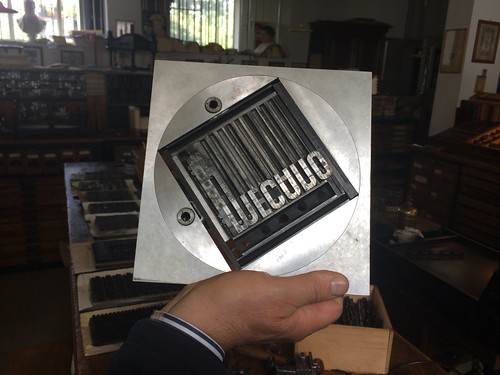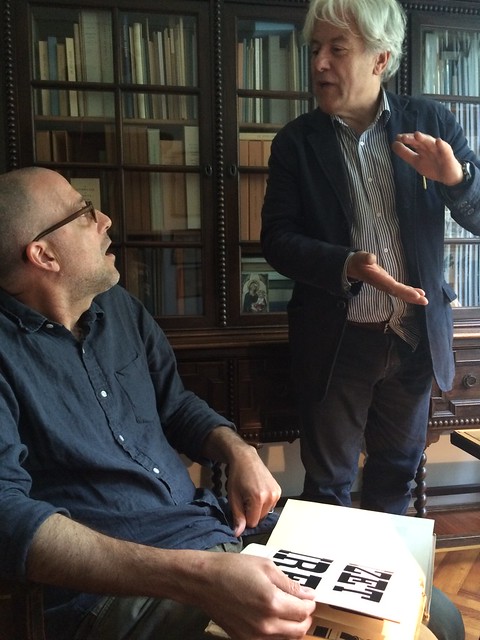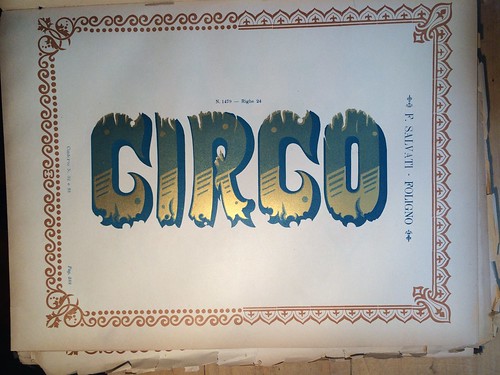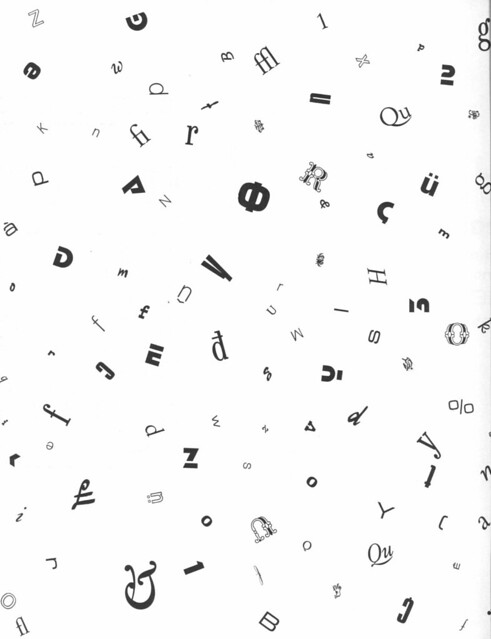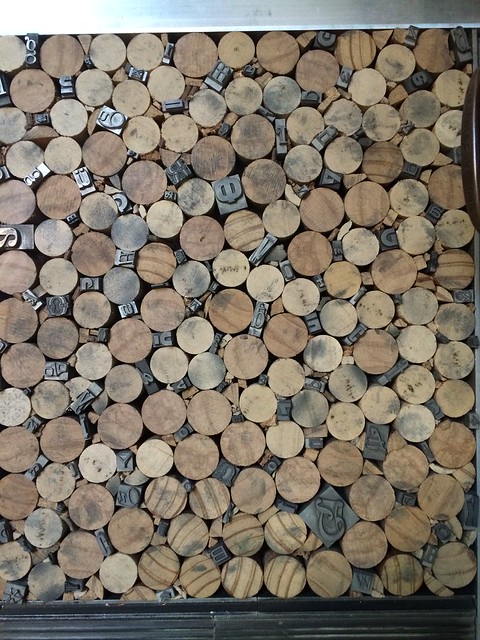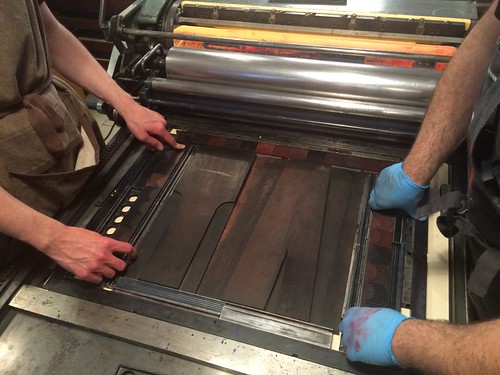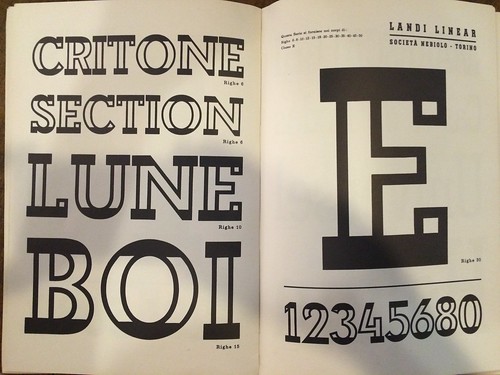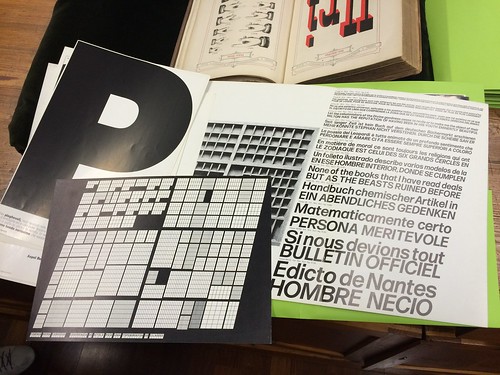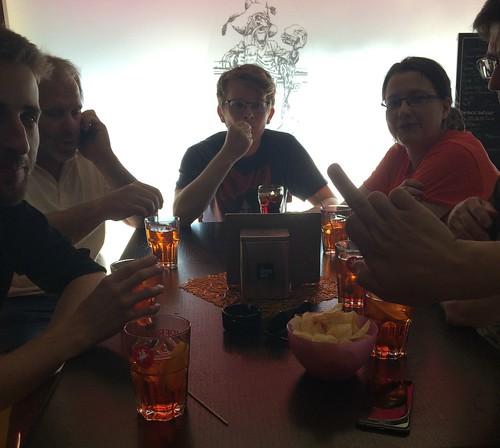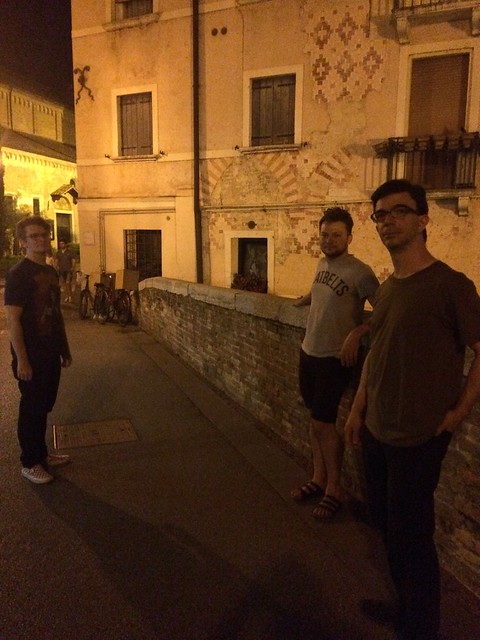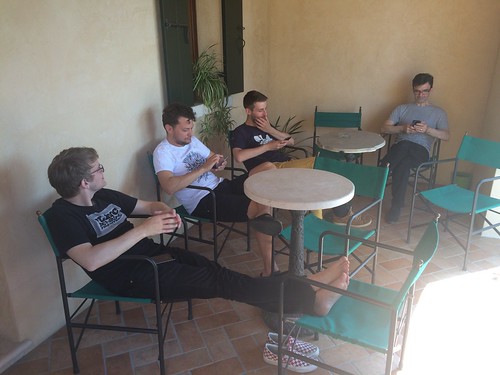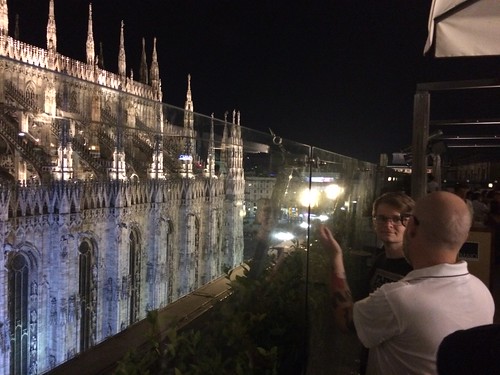Rabatte und Schrift-Trends
Eine Passage aus Sven Fuchs’ MA Arbeit, die mich nachdenklich gemacht hat:
Können Preise und Rabatte typografische Trends beeinflussen und »schlechtere Typografie« zur Folge haben? (Schlechter im Sinne von weniger idealer, beliebiger Schriftwahl.) Sehen wir so unglaublich viel Open Sans auf all diesen Webseiten, klein und groß, weil sie die passendste Schrift für diese Seiten ist oder einfach nur weil sie so unschlagbar billig ist? Prägt diese extrem häufige Verwendung einer bestimmten Schrift Trends im landläufigen Webdesign?
Über diese und ähnliche Dinge grüble und diskutiere ich bereits seit längerem, vor allem im Bezug auf »Schriften mieten« vs. »Schriften für die Ewigkeit lizenzieren«, und »Katalog-Abos« vs. »Einzellizenzen«. Wenn ich mir einen Vorrat von unbeschränkt lizenzierten Schriften auf Halde lege, werde ich für eine Aufgabe eher nur Schriften aus diesem Bestand auswählen und nicht aus dem großen Fundus aller Schriften dieser Welt. Meine Auswahl wird also immer eingeschränkt und evt. nicht ideal sein, aber meine Schrift-Investitionen sollten sich ja auch amortisieren. Muss ich aber für jede Anwendung die Schriften neu lizenzieren und darf sie nicht unendlich lange nutzen, wie es z.B. bei vielen Webfonts oder gemieteten Desktop-Schriften der Fall ist, dann entscheide ich mich evt. immer neu und passend für eine individuelle Schrift aus dem Gesamtpool des Angebots, und nicht unbedingt für eine, die ich in der Vergangenheit schon mal verwendet hatte. Lizenzieren auf Zeit, bzw. Schrift-Miet-Services wie Fontstand sind also theoretisch gut für die typografische Vielfalt und letztendlich die gestalterische Qualität unserer Arbeiten, im Gegensatz zum unbefristeten Lizenzieren, welches die Wieder- und Wiederverwendung der immer gleichen Schriften befördert.
Und weiter: wenn ich noch nichts vorab lizenziert habe und alle Schriften ungefähr ähnlich teuer sind, werde ich wahrscheinlich diejenigen aussuchen, die ich am passendsten finde – aber auch die, für die es überzeugende Schriftmuster und Information gibt, die am einfachsten zu lizenzieren ist, oder wo ich guten Kundenservice bekomme. Ein extrem niedriger Preis jedoch ist ein so überragend starkes Kaufargument für viele Leute, dass es das klassische Marketing verzerrt oder gar aushebeln kann. Schriftmarketing, das unsere Kaufentscheidung beeinflusst (bzw. beeinflussen will) und die Idee von Schriften als Verkaufsargument für Technik/Geräte gab es schon lange, fast immer. (Adobe, zum Beispiel, möchte uns mit Typekit und ihren Schriften am Ende des Tages auch nur ein Creative Cloud Abo schmackhaft machen.) Nur im Handsatz, nach der Standardisierung von Maßen, und nun mit digitalen Schriften konnten wir frei entscheidend Schriften von verschiedenen Herstellern nutzen und kombinieren. Hoffentlich auch weiterhin. Bis irgendwann bestimmte Schriften oder Services nur noch mit bestimmten Programmen oder Betriebssystemen funktionieren werden. Bis vielleicht Schriften von »Drittanbietern« zum Beispiel nicht mehr in Microsoft Office Programmen funktionieren …






